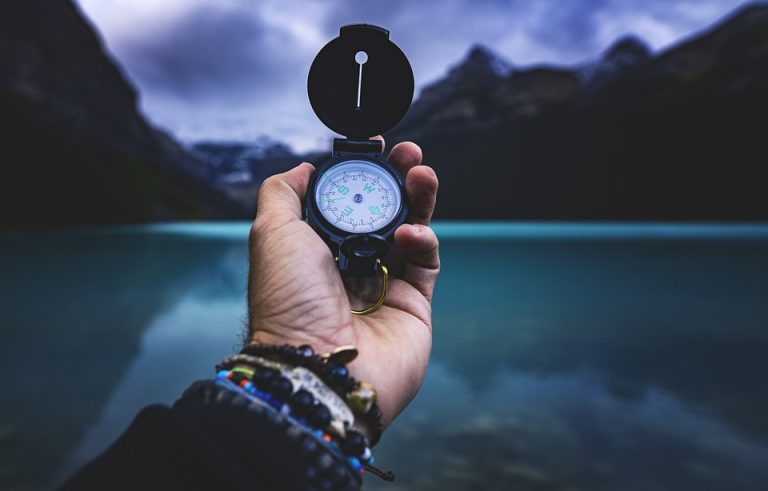Texture minimalist painting is a unique and intriguing art form that has gained popularity in recent years. Artists who specialize in this style create works that are characterized by their simplicity, use of texture, and minimalistic design. While minimalism is often associated with sparse and understated art, texture minimalist painting adds an extra dimension to the genre by incorporating tactile elements that invite the viewer to engage with the work on a more sensory level.
One of the key features of texture minimalist painting is the use of various materials and techniques to create a range of tactile surfaces and textures. Artists may use a combination of techniques such as layering, scraping, and building up paint to achieve the desired effect. This can result in works that are rich in depth and visual interest, despite their minimalistic composition.
One of the most well-known artists associated with texture minimalist painting is Mark Rothko. His large-scale, color-field paintings are renowned for their use of texture and deep emotional resonance. Although his work is often interpreted as being minimalist in style, the tactile quality of the paint and the layers of color create a sense of depth and complexity that invites the viewer to contemplate the work on a deeper level.
Another prominent figure in the world of texture minimalist painting is Agnes Martin. Her delicate, grid-based compositions are deceptively simple, yet the subtle variations in color and the texture of the paint create a mesmerizing effect that draws the viewer in. Martin’s work is a testament to the power of texture in minimalist art and the ability of tactile elements to evoke a sense of calm and contemplation.
In addition to its aesthetic appeal, texture minimalist painting also offers a unique opportunity for artists to explore the interplay between form and material. By focusing on the physicality of paint and the way it interacts with the surface of a canvas or paper, artists can create works that blur the boundaries between two-dimensional and three-dimensional art. This allows for a more dynamic and immersive viewing experience, as the viewer is encouraged to explore the work from different angles and perspectives to fully appreciate its tactile qualities.
For art enthusiasts, exploring the world of texture minimalist painting can be a rewarding and enriching experience. The interplay of texture, form, and color in these works offers a unique opportunity to engage with art on a more sensory level, inviting a deeper connection and appreciation for the artist’s creative process. Whether it’s through the delicate, ethereal compositions of Agnes Martin or the bold, expressive works of Mark Rothko, texture minimalist painting continues to offer a wealth of opportunities for artists and viewers alike to explore the boundaries of minimalism and the power of texture in art.

